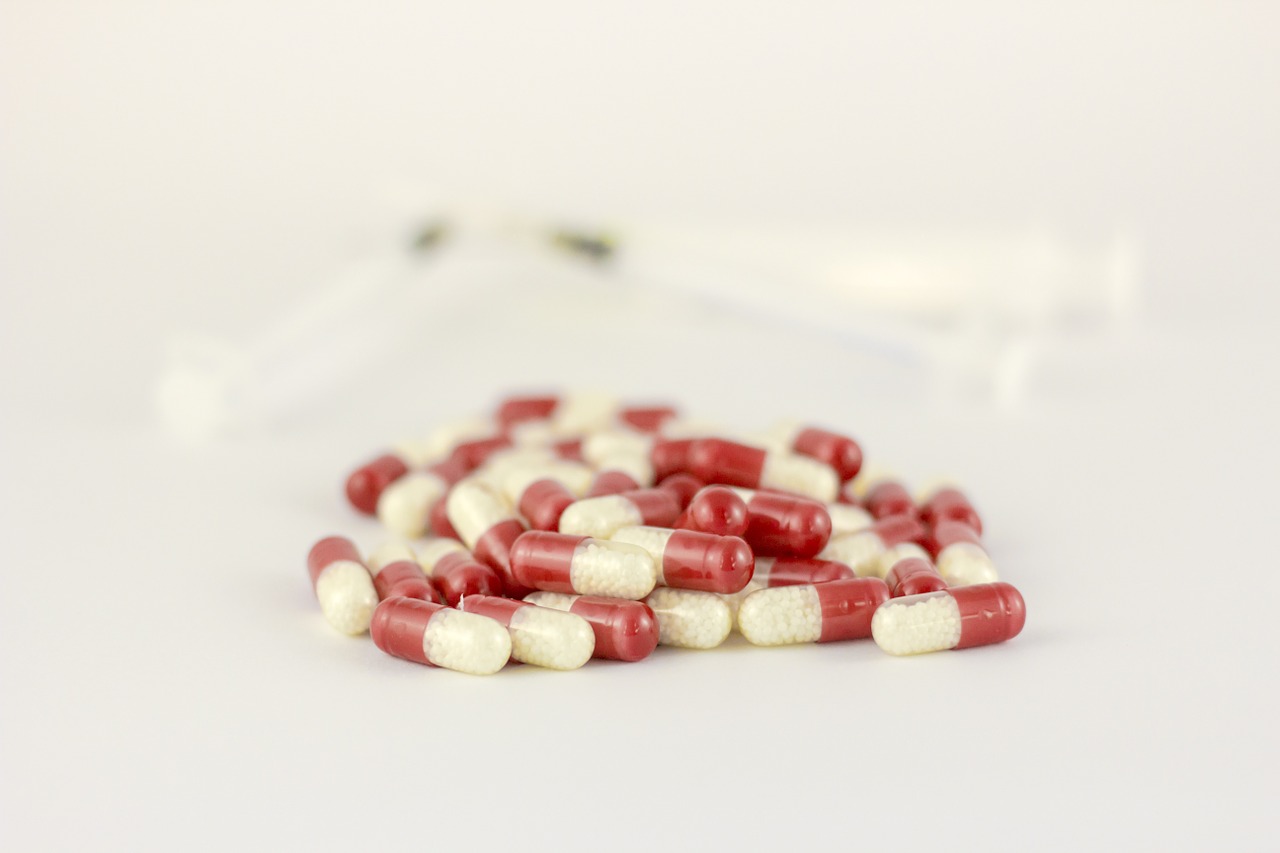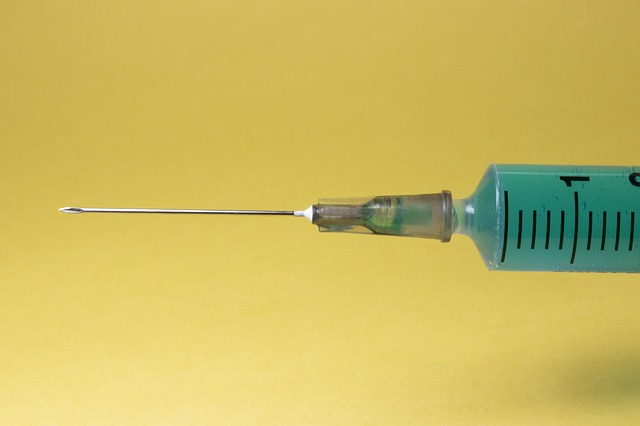Podcast: Play in new window | Download (Duration: 11:35 — 16.4MB) | Embed
Cilostazol has antiplatelet and vasodilatory effects. Because of this, it can manage symptoms of intermittent claudication.
GI upset, headache, and edema are common adverse effects associated with the use of cilostazol.
Cilostazol is recommended to be given on an empty stomach.
In patients with heart failure, cilostazol use is contraindicated.
CYP3A4 interactions are prevalent with cilostazol. Inhibitors of CYP3A4 can increase the concentrations of cilostazol.
Be sure to check out our free Top 200 study guide – a 31 page PDF that is yours for FREE!









